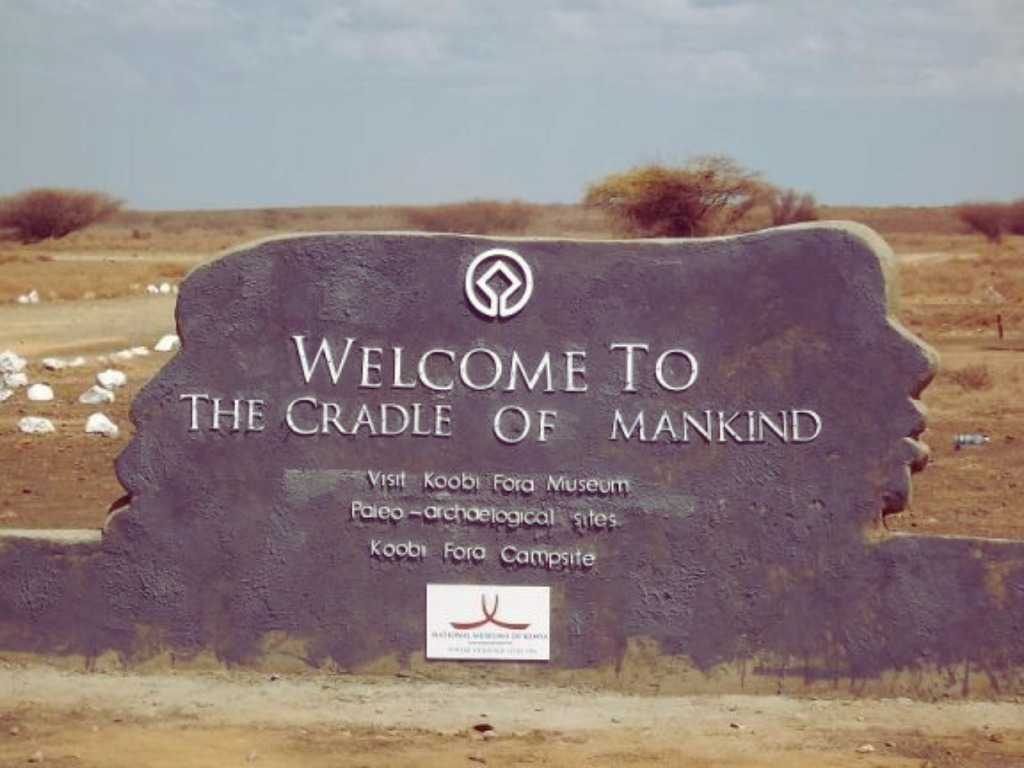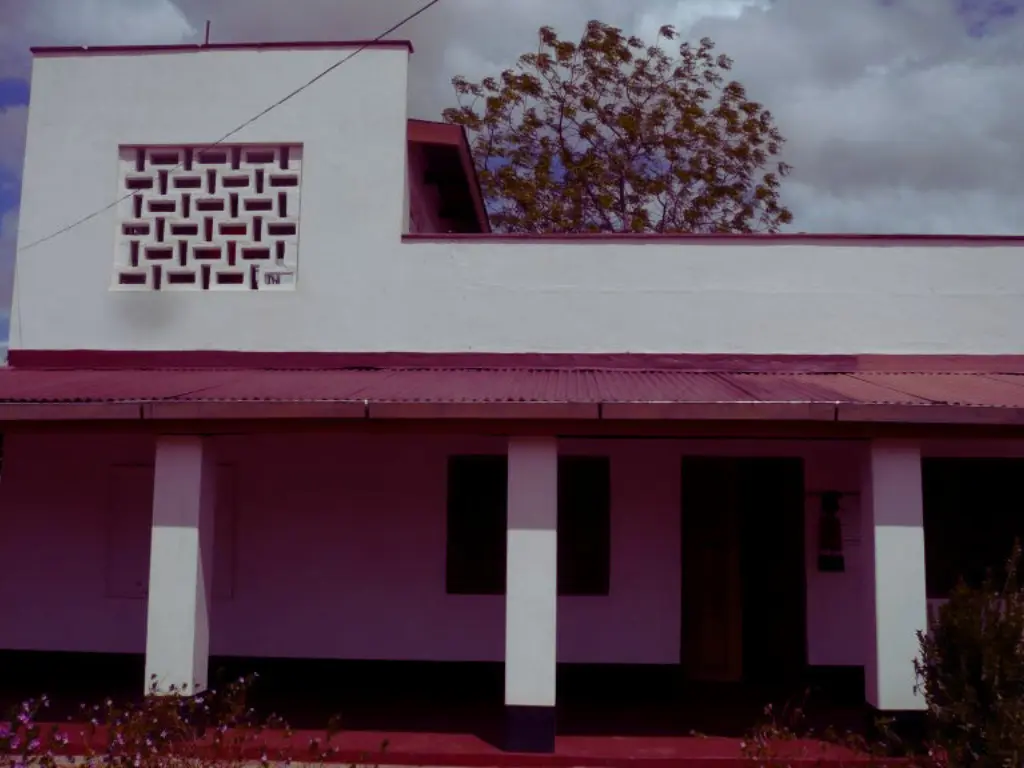

Why Visit? The Wajir Museum, officially opened on 19th April 2011, is dedicated to showcasing the rich cultural, historical, and natural heritage of Northern Kenya. As a regional institution under the National Museums of Kenya, it highlights the life and identity of nomadic communities living in this vast, semi-arid region and their centuries-old interactions with the environment and neighbouring cultures.
Displays on the nine main nomadic communities of Northern Kenya: Borana, Rendille, Turkana, Elmolo, Pokot, Samburu, Somali, Dasanach, and Gabbra
Exhibits highlighting traditional livestock practices, fishing (Elmolo), and agro-pastoralism (Dasanach)
Traditional utensils, garments, tools, and storytelling media used in daily life and rituals
Exploration of pastoral mobility, seasonal movement patterns, and adaptation to arid environments
Wajir’s formal history as an administrative centre began in 1912, when it was occupied to protect Borana wells from encroachment. The arrival of British officers in 1913 marked the beginning of colonial governance. Military control was imposed in 1921 and continued until 1925, when civil administration resumed.
By 1918, Wajir had attained full district status, separating from Bulsesa. During World War II, Wajir was briefly evacuated due to the Italian invasion but was quickly restored. Since then, it has remained a pivotal district in Kenya’s northeast.
Opening Hours: Typically open from 8:30 AM – 5:30 PM, Monday to Sunday, including public holidays (please confirm locally)
Admission: Modest fees may apply; group and educational rates available
Location: Wajir town, Northeastern Kenya — accessible via regional roads and airstrip
Community Days: Rotational exhibitions highlighting individual nomadic groups
Heritage Workshops: Involving local elders, artisans, and youth
School Visits: Curriculum-aligned programs on history, culture, and the environment
Reception Desk: For tickets, information, and guided tours
Outdoor Display Areas: Ideal for showcasing large-scale artifacts or mobile installations
Rest Area: Simple spaces for reflection and relaxation
Photography: Permitted, except where otherwise indicated
Bring sun protection and water — the region is hot and dry year-round
Combine your visit with a cultural tour or meeting with local artisan groups
Recommended for researchers, cultural enthusiasts, students, and travellers interested in indigenous knowledge systems
Curator: Dalila Hassan Haji
Email: wajir@museums.or.ke
Step into Wajir Museum and experience the enduring spirit of Kenya’s northern nomadic cultures—a legacy shaped by movement, resilience, and tradition.
The National Museums of Kenya (NMK), established under the Museums and Heritage Act (2006), is a multi-disciplinary institution dedicated to collecting, preserving, researching, and presenting Kenya’s cultural and natural heritage.
Sign up to our newsletter